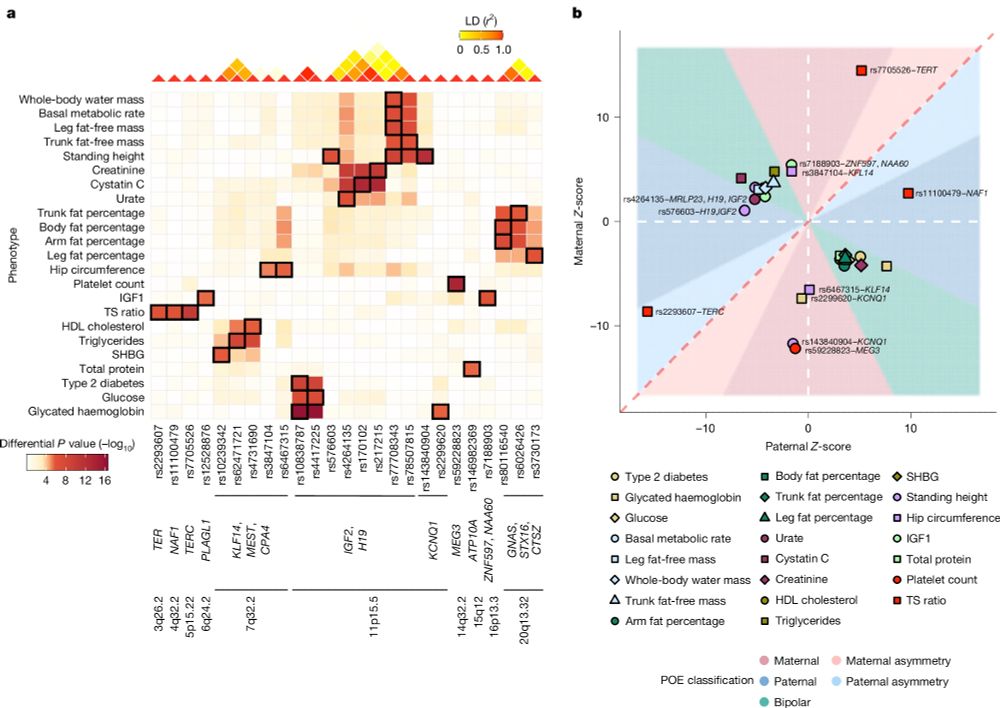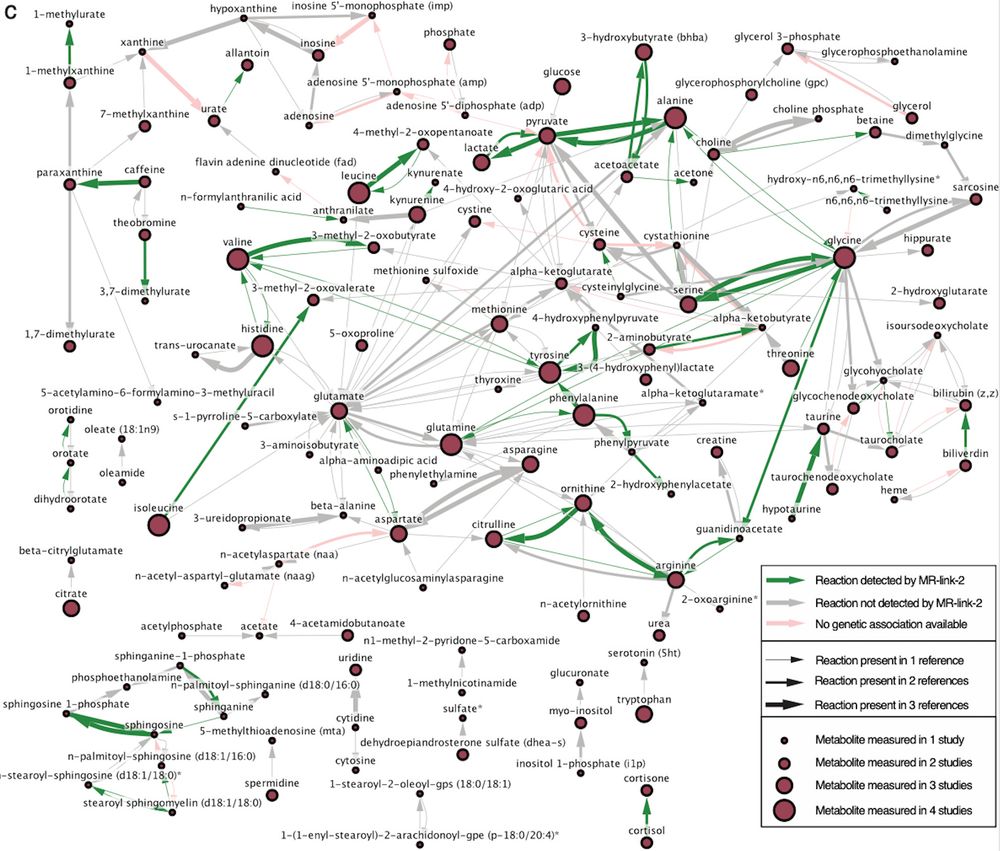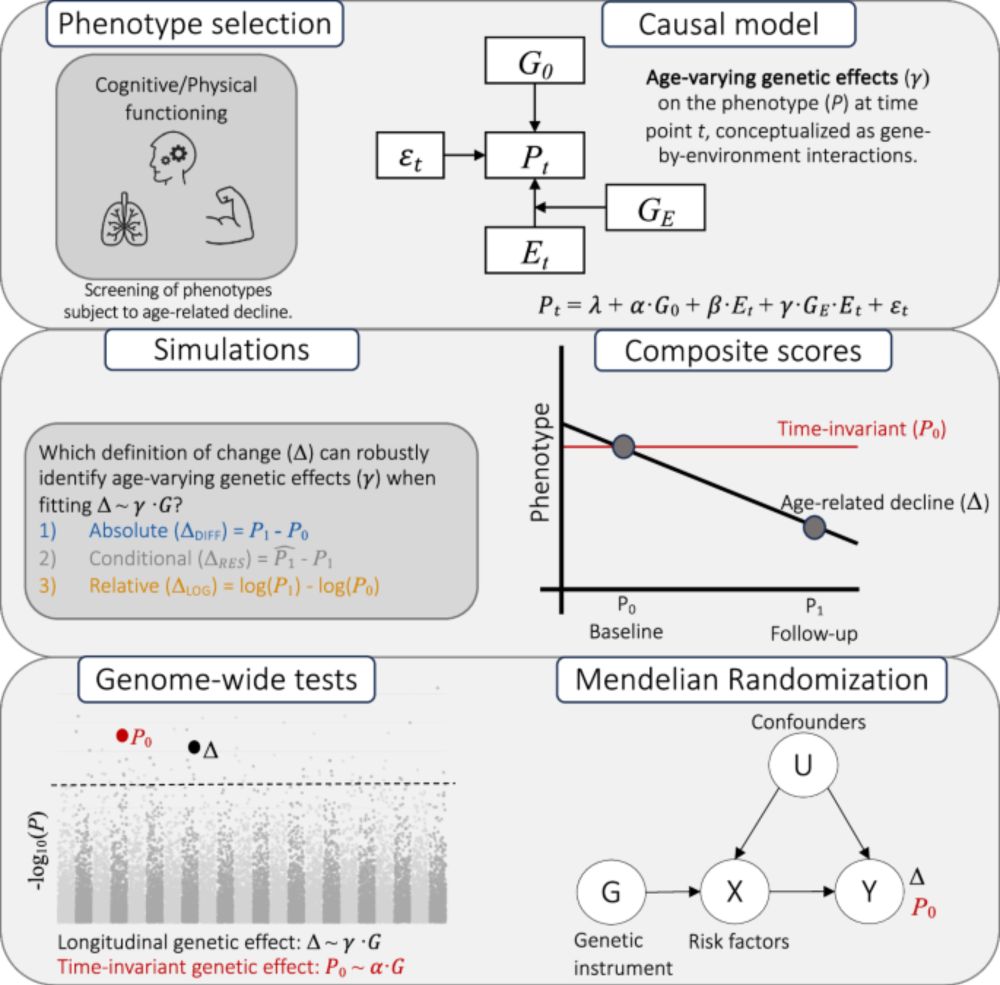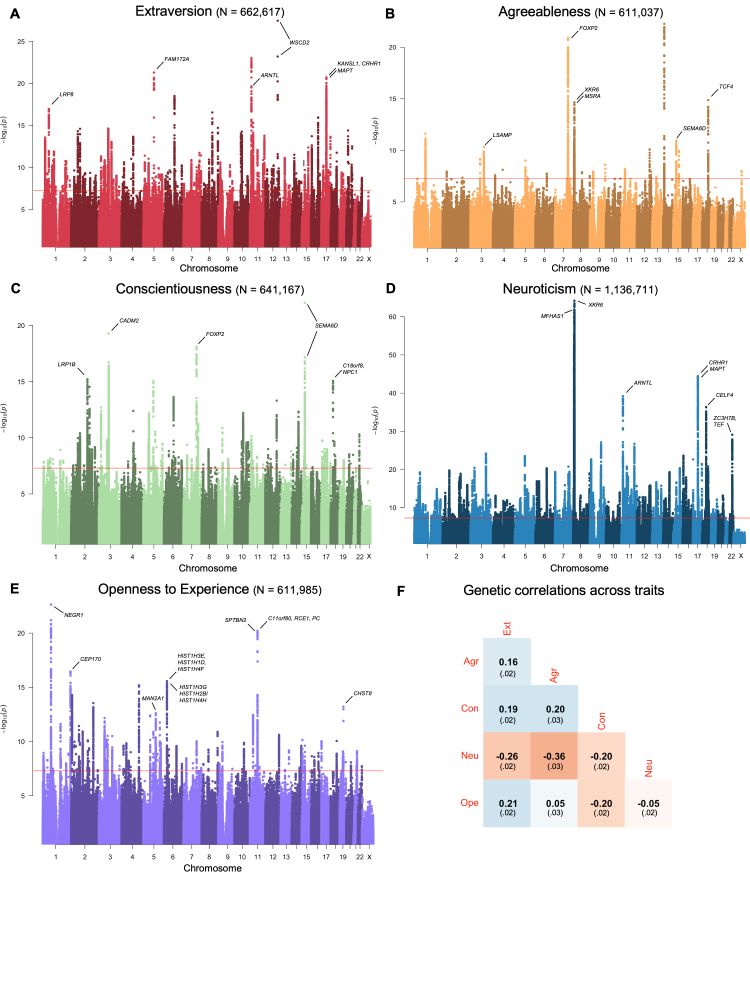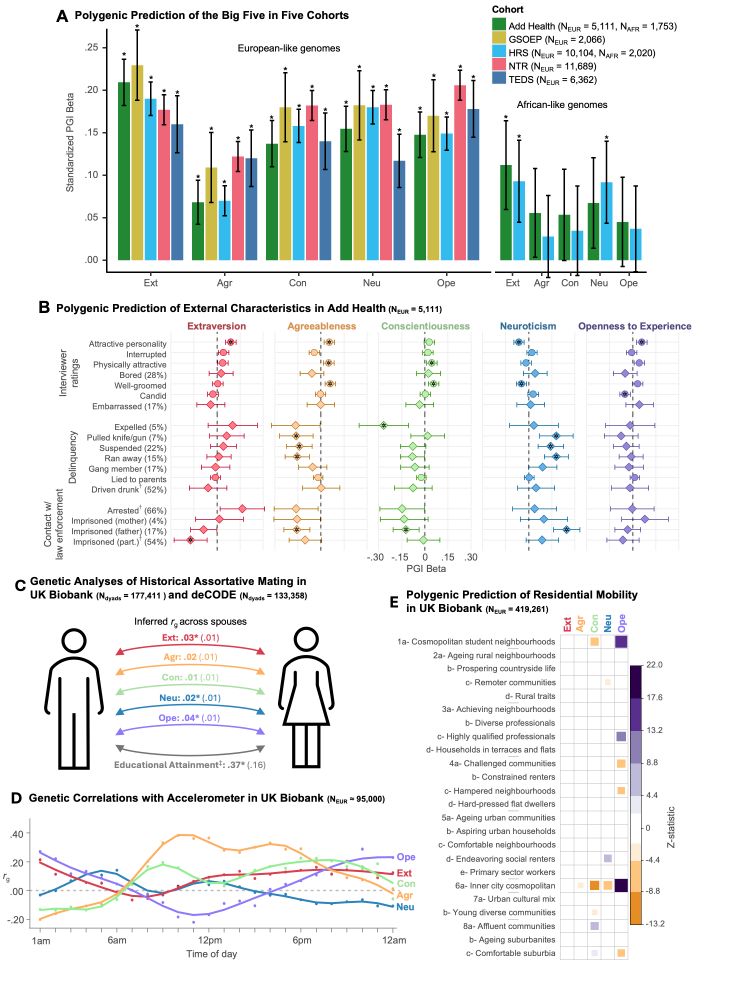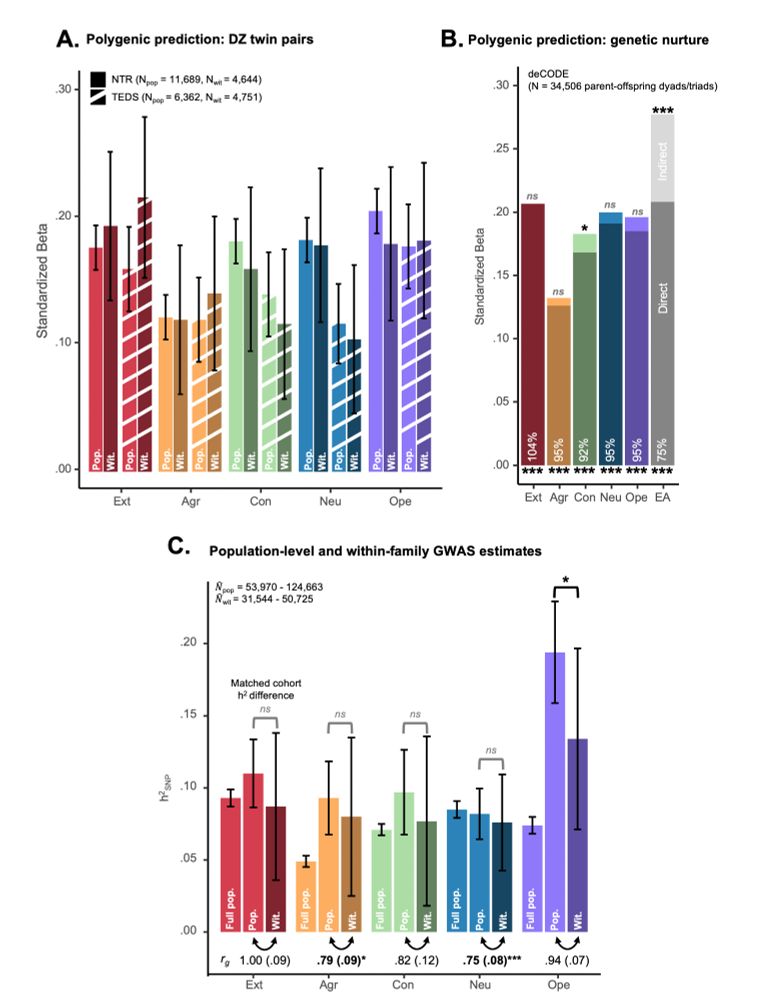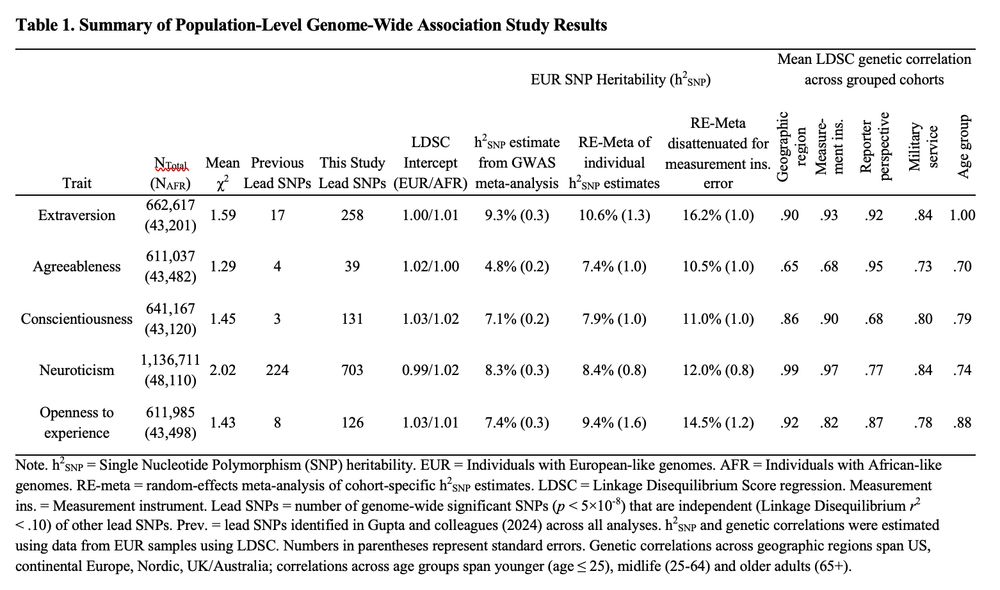Tabea Schoeler
@tabeasch.bsky.social
200 followers
140 following
25 posts
Researcher at University of Lausanne | interested in genetic epidemiology, mental health & behaviour
Posts
Media
Videos
Starter Packs
Pinned
Tabea Schoeler
@tabeasch.bsky.social
· Jul 8

Design and model choices shape inference of age-varying genetic effects on complex traits
Understanding how genetic influences on complex traits change with age is a fundamental question in genetic epidemiology. Both cross-sectional (between-subject) and longitudinal (within-subject) appro...
shorturl.at
Reposted by Tabea Schoeler
Reposted by Tabea Schoeler
Tabea Schoeler
@tabeasch.bsky.social
· Jul 8
Tabea Schoeler
@tabeasch.bsky.social
· Jul 8
Tabea Schoeler
@tabeasch.bsky.social
· Jul 8
Tabea Schoeler
@tabeasch.bsky.social
· Jul 8
Tabea Schoeler
@tabeasch.bsky.social
· Jul 8

Design and model choices shape inference of age-varying genetic effects on complex traits
Understanding how genetic influences on complex traits change with age is a fundamental question in genetic epidemiology. Both cross-sectional (between-subject) and longitudinal (within-subject) appro...
shorturl.at
Reposted by Tabea Schoeler
Reposted by Tabea Schoeler
Reposted by Tabea Schoeler
Reposted by Tabea Schoeler
Reposted by Tabea Schoeler
Aysu Okbay
@aysuo.bsky.social
· May 20
Tabea Schoeler
@tabeasch.bsky.social
· May 19
Tabea Schoeler
@tabeasch.bsky.social
· May 19
Tabea Schoeler
@tabeasch.bsky.social
· May 19


